15 Royal Palaces In Europe That’ll Leave You Speechless
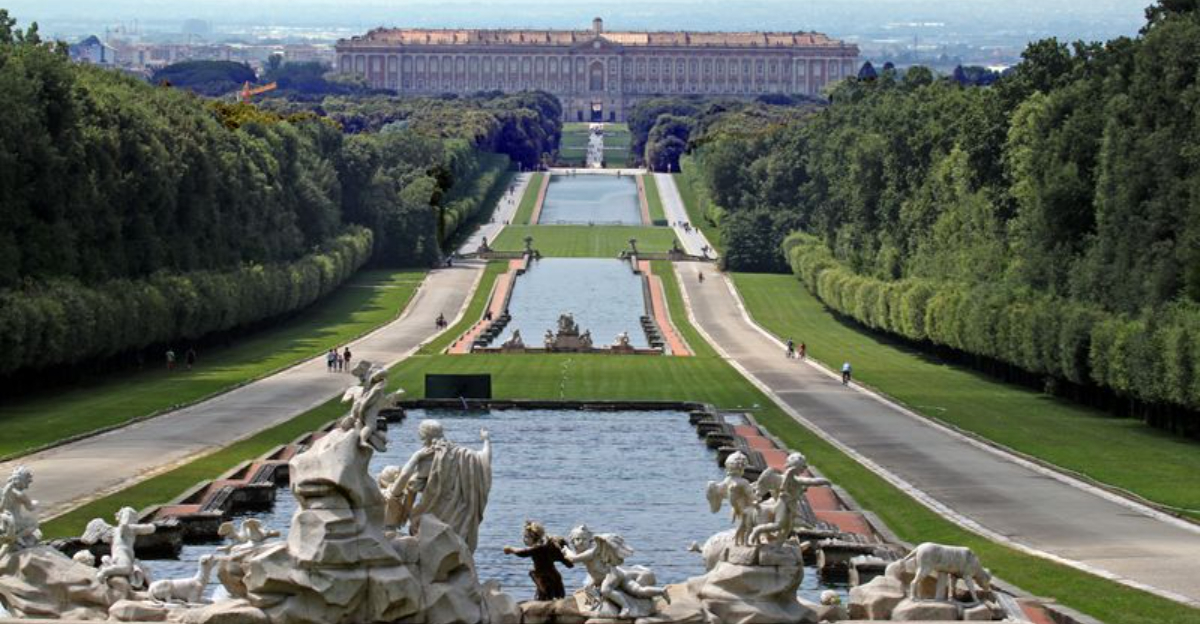
Have you ever imagined walking through halls that once echoed with royal footsteps? Europe’s grand palaces make that dream a reality. These opulent residences are more than just pretty façades—they’re time machines filled with intrigue, legacy, and jaw-dropping design.
From the fairy-tale towers of Neuschwanstein in Germany to the chandelier-lit halls of Versailles in France, each palace tells its own story. You’ll find sweeping gardens, gilded ceilings, secret passageways, and enough history to fill a dozen novels.
Personally, standing beneath a frescoed ceiling in Vienna made me feel like I’d stepped into a different world. So, ready to explore 15 of Europe’s most breathtaking palaces?
1. Schönbrunn Palace – Austria
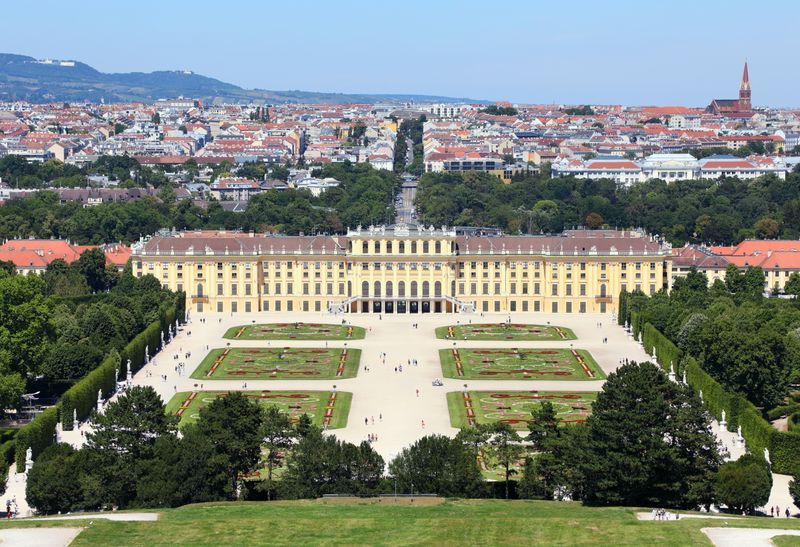
Vienna’s crown jewel glows with imperial splendor across its 1,441 rooms. Emperor Franz Joseph was born here, and Mozart performed for Empress Maria Theresa as a child prodigy in the Mirror Room.
The palace gardens stretch over a mile, featuring the world’s oldest zoo still in operation and the stunning Neptune Fountain. Climbing the hill behind the palace rewards visitors with panoramic views from the Gloriette pavilion.
Summer visitors can catch the palace in full bloom, when thousands of flowers create vibrant patterns in the formal gardens. During Christmas, the courtyard transforms into one of Europe’s most magical markets, complete with handcrafted ornaments and mulled wine.
2. Versailles Palace – France
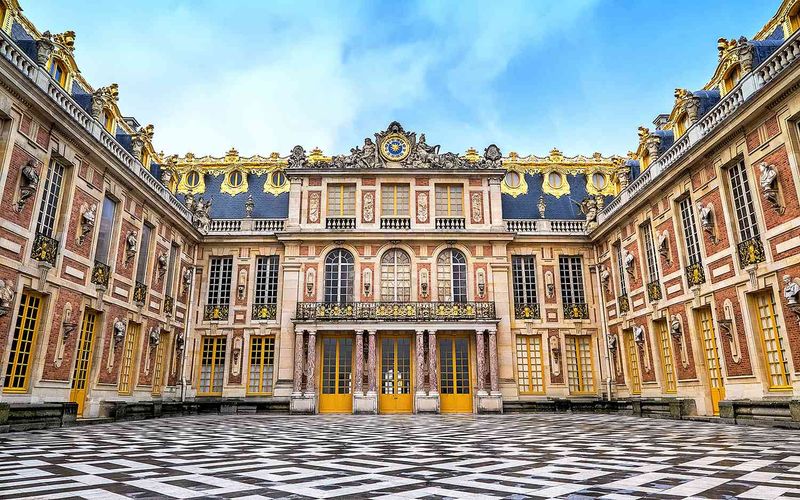
From humble hunting lodge to the most extravagant royal residence in Europe, Versailles stands as King Louis XIV’s ultimate power move. The Hall of Mirrors dazzles with 357 mirrors reflecting light from 17 windows, creating a corridor of pure brilliance where treaties were signed and history was made.
Marie Antoinette’s private estate offers a quieter corner where she escaped court life in her rustic hamlet. The meticulously manicured gardens span nearly 2,000 acres with geometric patterns visible from any window.
Water shows at the fountains bring baroque sculptures to life during summer months. When you visit, arrive early – the sheer size means you’ll need a full day to appreciate even a fraction of this UNESCO treasure.
3. Buckingham Palace – United Kingdom
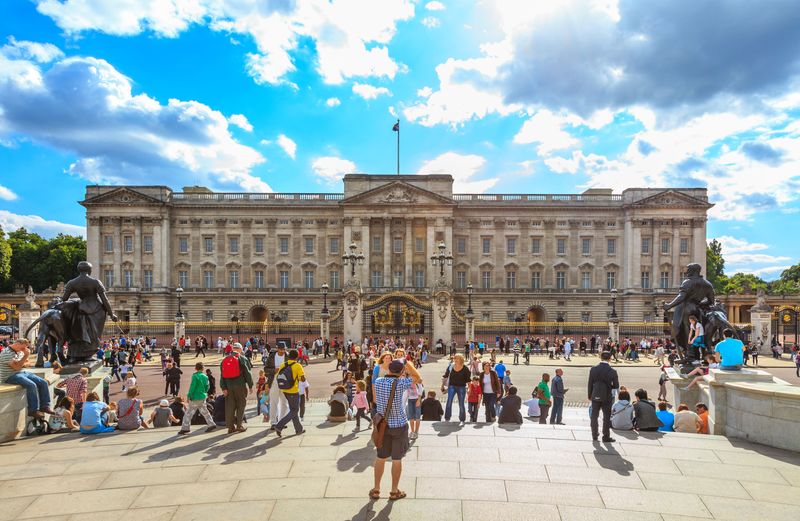
Did you know this iconic London landmark started as a simple townhouse? Today it serves as both home and headquarters for Britain’s monarch, with 775 rooms including 19 State rooms open to summer visitors.
The famous balcony has witnessed countless royal waves, from coronation celebrations to royal weddings. Inside, priceless treasures include Rembrandt paintings and the Queen’s impressive crown jewel collection.
Watching the Changing of the Guard ceremony feels like stepping into a living postcard of British tradition. The palace gardens remain London’s largest private green space, complete with a three-acre lake and over 350 types of wildflowers. For the ultimate royal experience, time your visit during the annual summer opening when the King is away at Balmoral.
4. Royal Palace of Madrid – Spain
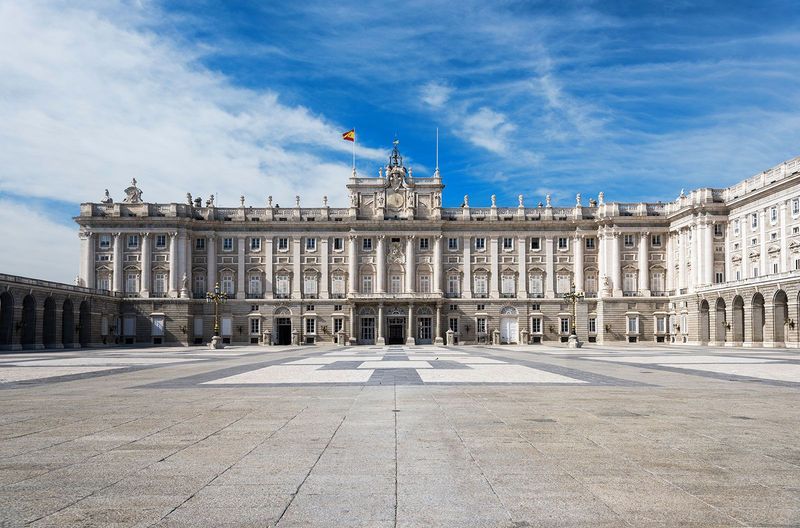
Perched majestically on Madrid’s western edge, this enormous palace contains more than 3,000 rooms, though only 50 are open to visitors. The Throne Room dazzles with crimson velvet walls and a ceiling painted by Tiepolo, depicting Spanish glory through mythological themes.
Though no longer the royal residence, the palace hosts state ceremonies where visiting dignitaries dine using 18th-century silverware. The Royal Armory houses one of Europe’s finest collections of medieval weapons and armor, including pieces worn by Charles V.
Visiting the Royal Pharmacy reveals hundreds of ancient ceramic vessels once used to prepare medicines for the monarchy. The stunning Sabatini Gardens offer a peaceful retreat with geometric patterns and fountains perfectly framed by palace views – all designed to showcase Spanish royal power at its height.
5. Neuschwanstein Castle – Germany
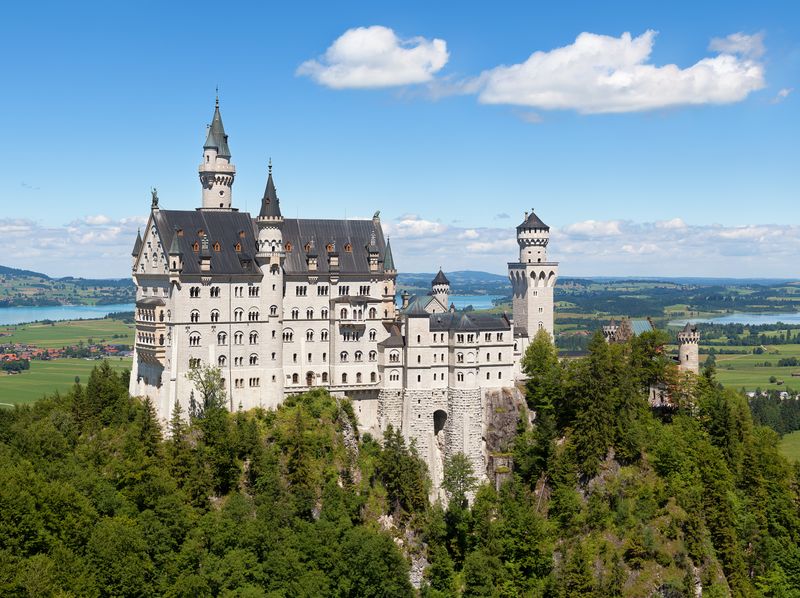
Fairytales come alive at King Ludwig II’s dreamlike creation nestled in the Bavarian Alps. Walt Disney himself found inspiration here for Sleeping Beauty’s castle, making it instantly recognizable worldwide.
The shy king built this fantasy retreat as a personal sanctuary, filling it with scenes from Wagner’s operas and technological innovations far ahead of their time. Central heating, running water, and even telephones were installed when most royals still used chamber pots!
When fog rolls through the valley below, the castle appears to float on clouds like something from another world. The best views come from Marienbrücke bridge, suspended dramatically over a waterfall. Despite its medieval appearance, the castle dates only to 1869 – a romantic’s idealized vision of knightly days gone by.
6. Catherine Palace – Russia
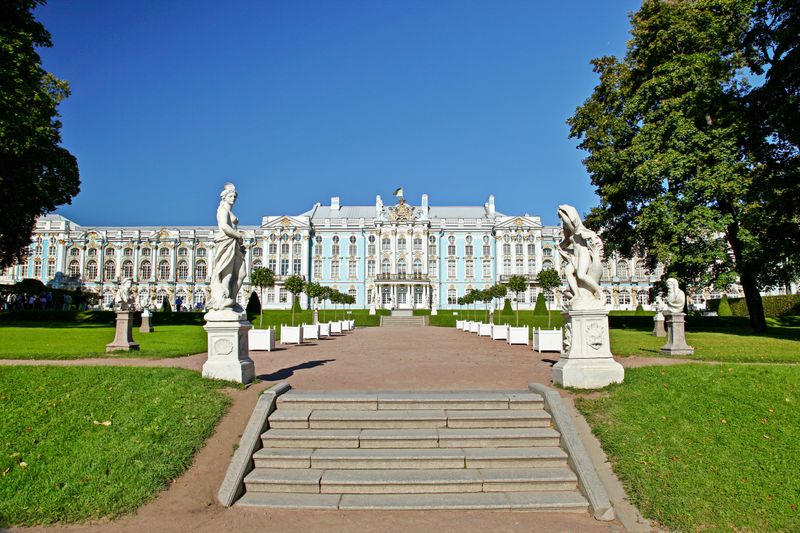
Azure and gold dazzle the eye at this Baroque masterpiece in Pushkin, near St. Petersburg. The palace exterior stretches nearly 1,000 feet, with its iconic blue-white-gold façade instantly recognizable as Empress Elizabeth’s extravagant statement.
The legendary Amber Room represents the pinnacle of luxury, with walls covered entirely in amber panels backed with gold leaf. Nazi troops looted this wonder during WWII, and its reconstruction from photographs took modern craftsmen over 20 years and six tons of amber.
Wandering through the Great Hall means experiencing one of the world’s finest examples of rococo style, where 696 lamps once illuminated imperial balls. The surrounding park features pavilions, bridges and the charming Hermitage building where Catherine the Great enjoyed intimate dinners delivered by silent mechanical elevators.
7. Amalienborg Palace – Denmark
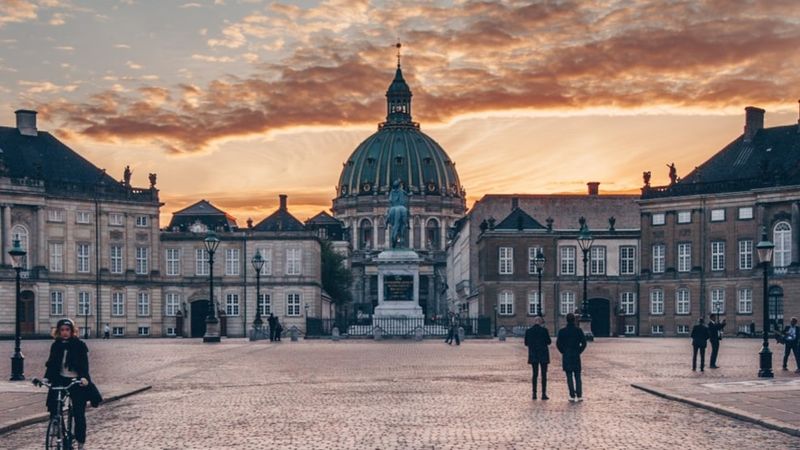
Copenhagen’s royal residence actually consists of four identical classical palaces facing each other across an octagonal courtyard. This architectural marvel creates perfect symmetry, with Frederik’s Church (the Marble Church) forming a stunning backdrop to the royal square.
The changing of the Royal Guard happens daily at noon, with red-coated soldiers marching from Rosenborg Castle through the streets of Copenhagen. If the royal standard flies above the palace, it means Queen Margrethe II is in residence.
Though still a working royal home, parts of Christian VIII’s Palace open to visitors, showcasing royal apartments preserved from the 1800s. The intimate scale offers a surprisingly personal glimpse into royal life. When winter brings snow, the central statue of King Frederik V on horseback creates a magical scene straight from a Danish fairy tale.
8. Topkapi Palace – Turkey
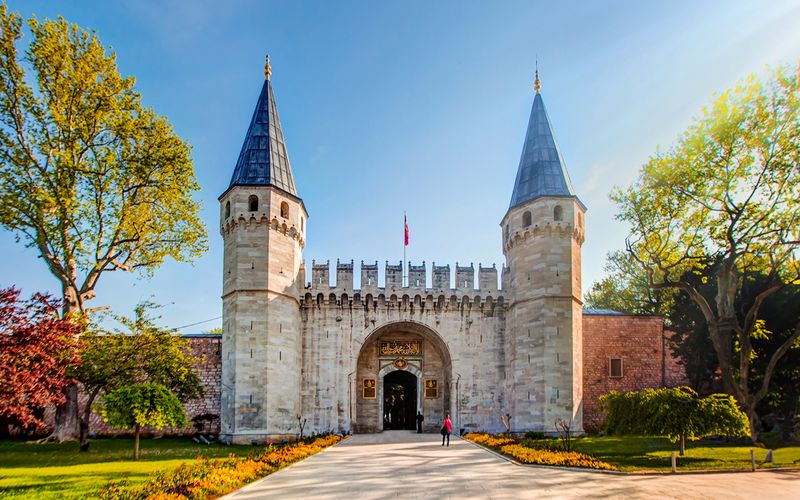
Where East meets West, Topkapi served as the heart of the Ottoman Empire for nearly 400 years. Unlike European palaces, it follows an Eastern concept of connected pavilions and courtyards rather than a single massive structure.
The Harem quarters housed the sultan’s family and concubines, requiring special permission and 100 eunuch guards to enter. Today, visitors marvel at the Treasury containing the 86-carat Spoonmaker’s Diamond and the emerald-encrusted Topkapi Dagger.
Standing at the palace’s edge offers breathtaking views where the Bosphorus meets the Golden Horn and Sea of Marmara. The Sacred Safekeeping Rooms hold Islamic relics including Muhammad’s cloak and sword. After exploring the palace, enjoy traditional Turkish tea in the Fourth Courtyard overlooking the Bosphorus – the same view sultans enjoyed while contemplating their vast empire.
9. Pena Palace – Portugal
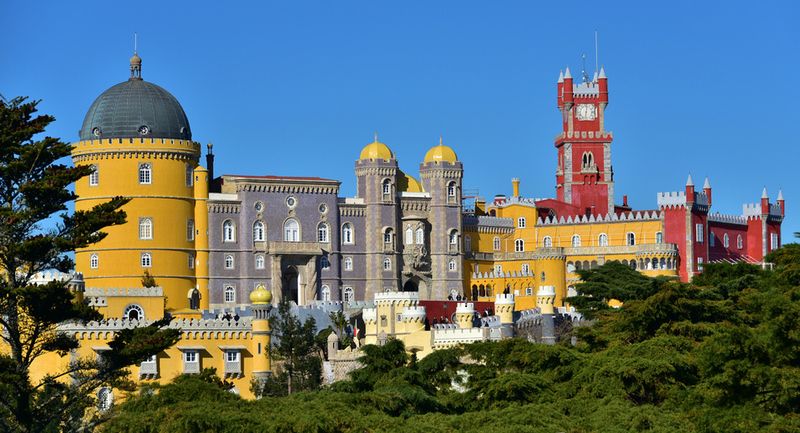
Perched atop Sintra’s foggy hills, this candy-colored castle seems plucked from a child’s imagination. King Ferdinand II transformed ruins of a monastery into this Romanticist fantasy, blending Neo-Gothic, Neo-Manueline, Neo-Islamic, and Neo-Renaissance styles into something utterly unique.
The vibrant yellow and red exterior walls make it visible from miles away on clear days. Inside, everything remains exactly as the royal family left it when fleeing revolution in 1910 – right down to the royal dinner settings.
Surrounding the palace, a vast park contains over 500 different tree species from around the world. The mystical atmosphere intensifies when afternoon mists roll in from the Atlantic. For the best experience, arrive early before tour buses, and wear comfortable shoes – the hillside location demands some climbing.
10. Palace of Holyroodhouse – Scotland
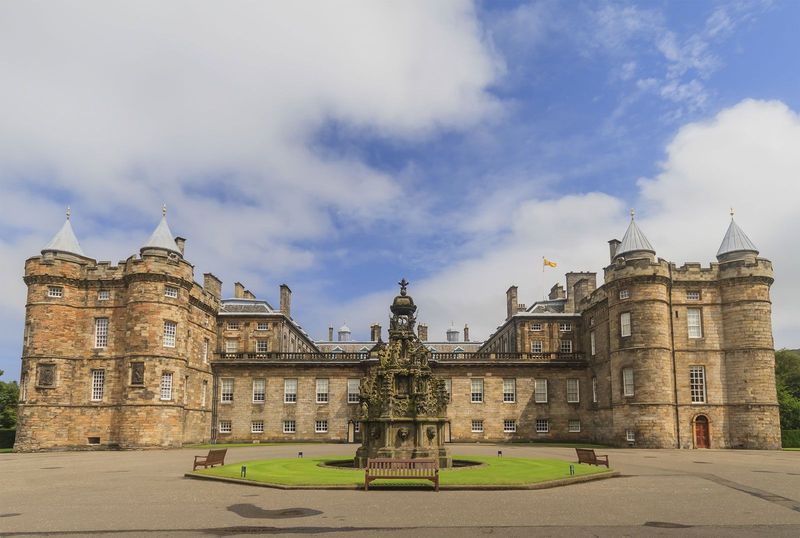
At the end of Edinburgh’s Royal Mile stands the official Scottish residence of the British monarch, where ancient history and modern monarchy intersect. Mary, Queen of Scots lived here during her turbulent reign, and her private apartments contain the small supper room where her secretary David Rizzio was murdered by her jealous husband.
The Great Gallery displays 110 portraits of Scottish kings – both real and legendary – commissioned by Charles II. Abbey ruins adjacent to the palace create a hauntingly beautiful contrast to the maintained royal residence.
When the King visits during Royal Week, the ancient Ceremony of the Keys takes place as the Lord Provost of Edinburgh symbolically presents the city keys. The palace gardens sit dramatically in the shadow of Arthur’s Seat, an extinct volcano that provides a wild, rugged backdrop to this royal dwelling.
11. Wilanów Palace – Poland
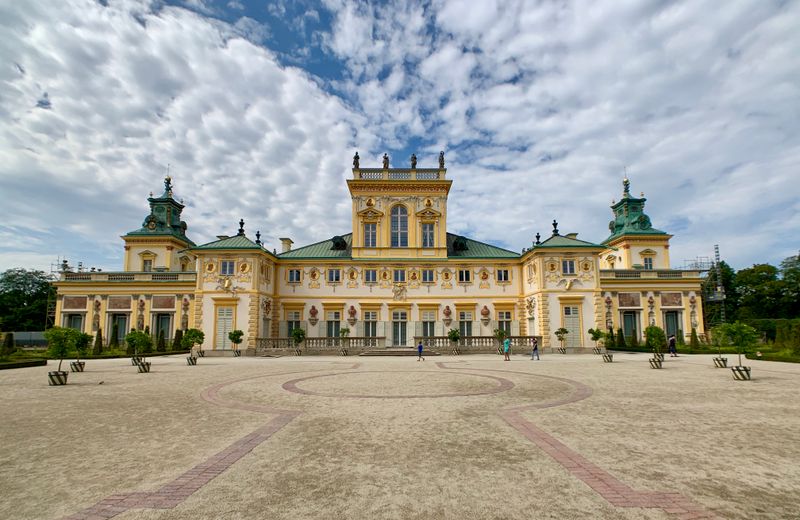
Often called the “Polish Versailles,” this Baroque gem miraculously survived both World Wars completely intact when most of Warsaw lay in ruins. King Jan III Sobieski built this summer residence in the late 17th century, combining Polish architectural traditions with Italian-inspired designs.
The palace interiors showcase the collecting passions of subsequent owners, from East Asian art to Renaissance paintings. Golden statues of ancient gods adorn the façade, while royal portraits inside tell Poland’s complex history.
Autumn visitors experience the magic of the illuminated garden festival when thousands of lights transform the grounds into an enchanted landscape. The palace takes on a golden glow at sunset, reflecting perfectly in the adjacent lake. Unlike many royal residences, Wilanów maintains an intimate scale that feels more like a luxurious home than an overwhelming monument to power.
12. Royal Palace of Stockholm – Sweden
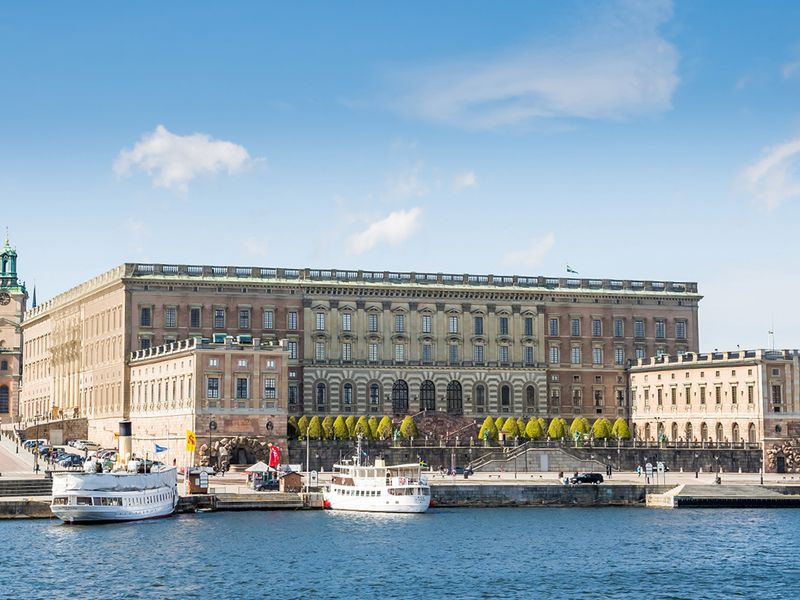
With a staggering 1,430 rooms, this downtown palace ranks among the world’s largest still used for original purposes. Swedish royals work here daily, though they live elsewhere at Drottningholm Palace.
The Treasury beneath the palace houses the breathtaking royal regalia, including Queen Christina’s silver coronation throne and crowns adorned with priceless gems. Five museums within the palace walls explore everything from royal costumes to ancient battles.
Watching the daily changing of the guard involves more than soldiers – a full military band accompanies the ceremony during summer months. The Royal Chapel hosts the monarch’s annual December 25th Christmas message. What makes this palace truly special is its integration into city life – it’s not isolated behind vast grounds but stands as part of Stockholm’s living heart where locals pass by on daily commutes.
13. Het Loo Palace – Netherlands
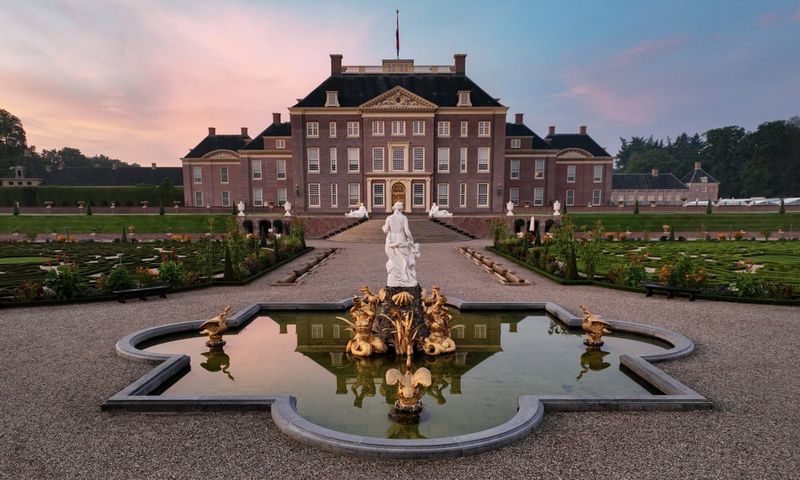
Dutch royalty embraced understated elegance at this symmetrical masterpiece nicknamed the “Versailles of the Netherlands.” Unlike its French counterpart, Het Loo reflects Dutch values of restrained grandeur – impressive yet never ostentatious.
The gardens represent the height of Dutch Baroque design with perfect symmetry, featuring intricate patterns of boxwood hedges and hidden fountains. William III built this hunting lodge before becoming King of England, and later expanded it to showcase Dutch prosperity.
Recently reopened after extensive renovation, the palace now features underground exhibition spaces and restored 17th-century gardens. Horse lovers appreciate the royal stables and carriage house displaying ceremonial vehicles. The most remarkable aspect is how the palace embodies Dutch practicality – even in royal spaces – with rooms that feel surprisingly livable despite their historic grandeur.
14. Peles Castle – Romania
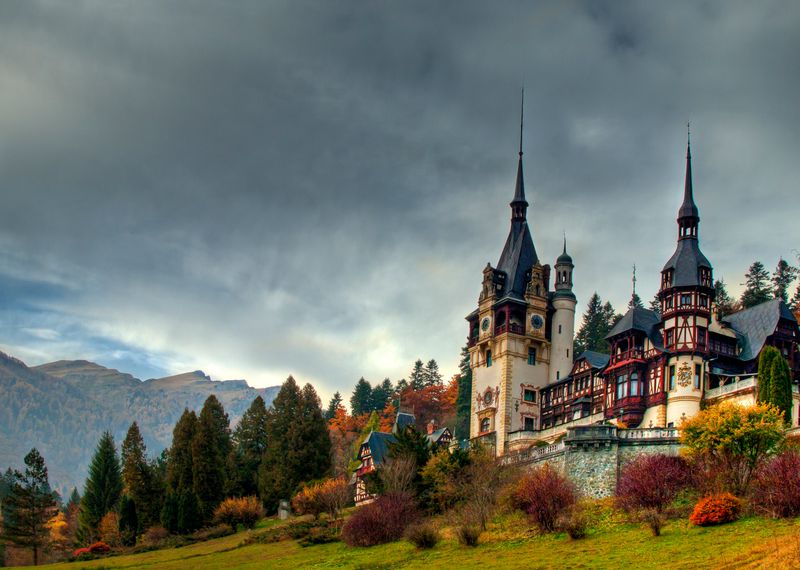
Hidden in the misty Carpathian Mountains, this Neo-Renaissance fantasy looks like it grew organically from the forested landscape. King Carol I built this summer residence after falling in love with the mountainous scenery, creating 160 rooms filled with European art treasures.
The castle pioneered modern conveniences including central vacuum cleaning, elevator, and central heating when completed in 1914. The Grand Armory displays over 4,000 pieces of weaponry spanning four centuries.
The stained glass windows create rainbow patterns across marble floors on sunny mornings. Intricately carved walnut paneling in the Music Room provides perfect acoustics – the room was designed specifically for concerts by Queen Elizabeth, an accomplished pianist. When visiting, don’t miss the secret door in the library that leads to hidden passages, or the collection of over 2,000 paintings housed within these fairy-tale walls.
15. Royal Palace of Caserta – Italy
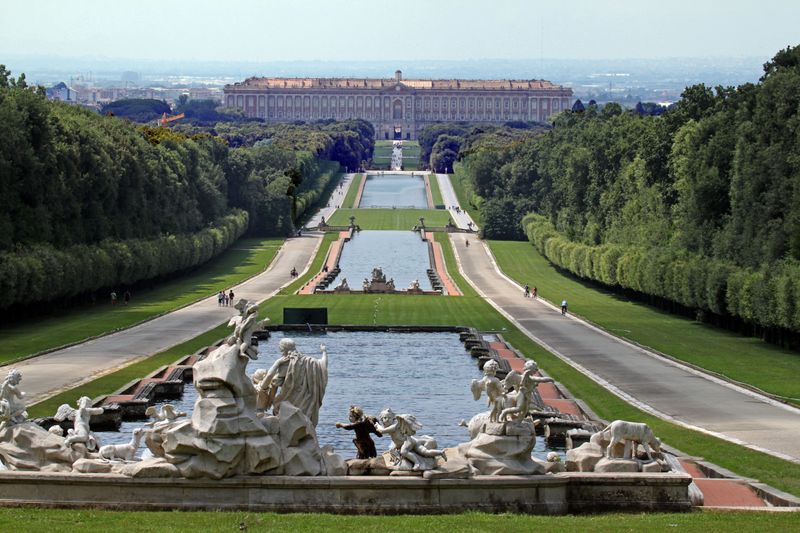
Imagine Versailles supersized – that’s what King Charles III of Naples created when commissioning this colossal Baroque complex. With 1,200 rooms spread across 5 floors and 4 inner courtyards, it ranks among the largest palaces ever built in Europe.
The magnificent Grand Staircase of Honor creates a theatrical entrance, with 116 steps of marble leading to the royal apartments. Water cascades dramatically through the 3-kilometer garden, flowing from a waterfall through fountains depicting classical myths.
Movie buffs might recognize the palace from Star Wars Episodes I and II, where it served as Queen Amidala’s royal palace. The silk factory adjacent to the palace once produced fabrics exclusively for royal use. Despite its grandeur, Caserta feels surprisingly undiscovered compared to Italy’s more famous attractions, allowing visitors to explore vast halls and gardens without fighting crowds.
